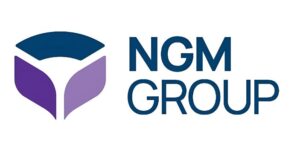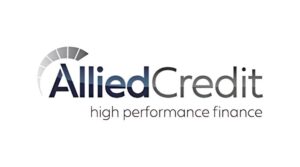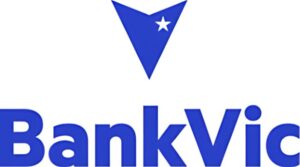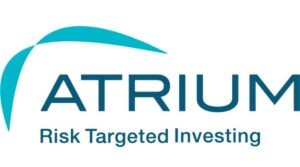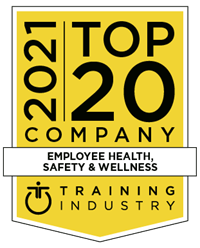Protecht Risk Metrics and Key Risk Indicators
Product Description
The measurement of risk greatly assists in its management, but measuring non-financial risk can be hard. Risk metrics are the key.
The measurement of risk greatly assists in its management, yet the measurement of particularly non-financial risk is providing elusive. Risk metrics are the key.
David Tattam, Chief Research and Content Officer at Protecht, presents this practical course aimed at risk practitioners and business managers who have implemented or are looking to implement, a robust and comprehensive Key Risk Indicator capability within their organisation.
Who should do this training?
The course covers all aspects of setting up, running and developing KRI processes that can be used both as an essential component of the overall risk management framework as well as a powerful tool to assist management in the day-to-day control of the business.
Course Outline
In this course, you’ll learn:
1. Objectives of risk metrics
- The benefits and value of risk metrics
- Case study on the power of metrics
2. What are risk metrics
- Examples of risk indicator systems
- Formal and informal risk metric systems
3. What are risks and controls
- Breaking down the components of risk – causes, risks, impacts and controls
- Introduction to risk bow ties
- Using risk bow ties as the basis for risk metrics
4. Types of risk metrics
- Key risk indicators, key performance indicators and key control indicators
- Mapping risk metrics to bow ties
- Single number and composite risk metrics
- Leading and lagging metrics
- Detective controls and risk metrics
5. Identifying relevant and strong metrics
- Link to key risks and risk appetite
- Strength of relationship to what is being tracked
- Mapping risk metrics to risk bow ties
- Quality of indicators
- Using averages, deviations and concentrations
6. Setting up risk metrics
- Setting risk metric thresholds
- Cascading risk metrics
- Developing a risk metric library
- Linking risk metrics to risks and controls
- Determining collection and reporting frequency
- Assigning responsibility
- Revising tolerances
7. A risk metrics process
- Collecting risk metrics
- Evaluating and scoring risk metrics
- Investigating and explaining risk metrics
- Escalation, follow up and workflow
8. Reporting risk metrics
- Objectives of reporting
- Types of reports
- Aggregated dashboards and drill down reports
- Using risk metrics in an overall risk profile
- Integrated and dynamic reporting
9. How to use risk metrics
- As a risk monitoring tool
- As feedback and incentive tool
- As a management tool
- As a benchmarking tool
- Forecasting
- Risk metrics for culture
10. Roles and responsibilities for risk metrics
- An introduction to the three lines model
- Metrics roles
Course expectations
- Watch 12 videos
- 3 downloadable materials
- Answer 10 quiz questions
Timings
- 4 hours of video content
- Approximately 5 hours for the whole course
Cost
- $858.00 inclusive of GST payable by credit card on registration. For purchases for more than 10 people please use the contact form or call 1800 676 011 to speak with one of our Account Managers.






